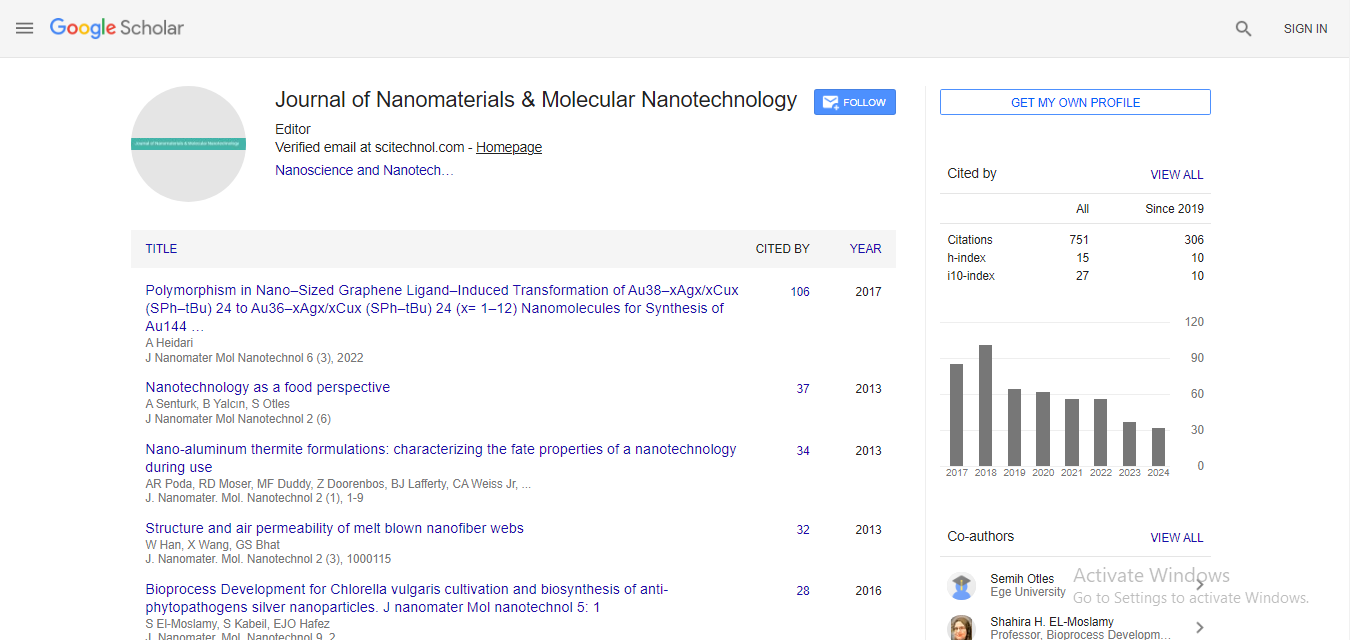Spintronic in carbon nanotubes
E Rostampour
Islamic Azad University, Iran
: J Nanomater Mol Nanotechnol
Abstract
Spin relaxation mechanisms in a nonmagnetic material, for example in a graphene layer or in a single wall nanotube is an unavoidable process which brings a non-equilibrium population of spins into a uniform distribution over spin directions. The desired system opens new possibilities to the description of super conducting properties of ultra-thin nanowires and could become a model system in nano science. A fascinating application of super conducting nanowires may be in quantum optics, where these wires can be used as single photon detectors tuning into quantum encrypted information. In a broad sense, the desired system deals with not only extending contemporary macroscopic technology to the molecular level but also exploring a new conduction mechanism to evaluate the potential of nanotubes as nano-spintronic devices. Such an experiment was done on multi-walled nanotubes, a few years ago and hysteric resistance peaks were observed owing to spin-polarized injection from the leads to the nanotubes. Depending on the relative magnetization orientation of the two magnets (parallel or antiparallel), a drastic change of the electrical resistance is indicated. However, new directions in spintronics aim at transposing the existing concepts and at developing alternative ones with various types of materials from inorganic to π-conjugated organic semiconductors. For the first time, the strength of exchange interaction between the different single molecule magnets of the molecular spin valve geometry could be calculated. Active control over spin polarized transport in magnetic nanostructures will provide low power operation and new functionalities to future logic, memory and sensor technologies. In a conventional spin valve or magnetic tunnel junctions, two ferromagnetic (FM) electrodes were separated by a thin nonmagnetic barrier and the giant or tunneling magneto resistance depends critically on the spin polarization of the electrodes. Moreover, the spin transporting material and their interface via the FM electrode is a key issue in these device structures as significant amount of the injected spins get lost in these spacers. It has theoretically predicted that fully carbon based systems like carbon nanotube could be better choice for spin polarized transport where spin-orbit coupling is small because of the weak atomic spin – orbit splitting in carbon and due to absence of H atoms, hyperfine field is almost negligible.
Biography
E-mail: el_rostampour@yahoo.com
 Spanish
Spanish  Chinese
Chinese  Russian
Russian  German
German  French
French  Japanese
Japanese  Portuguese
Portuguese  Hindi
Hindi 



